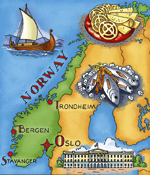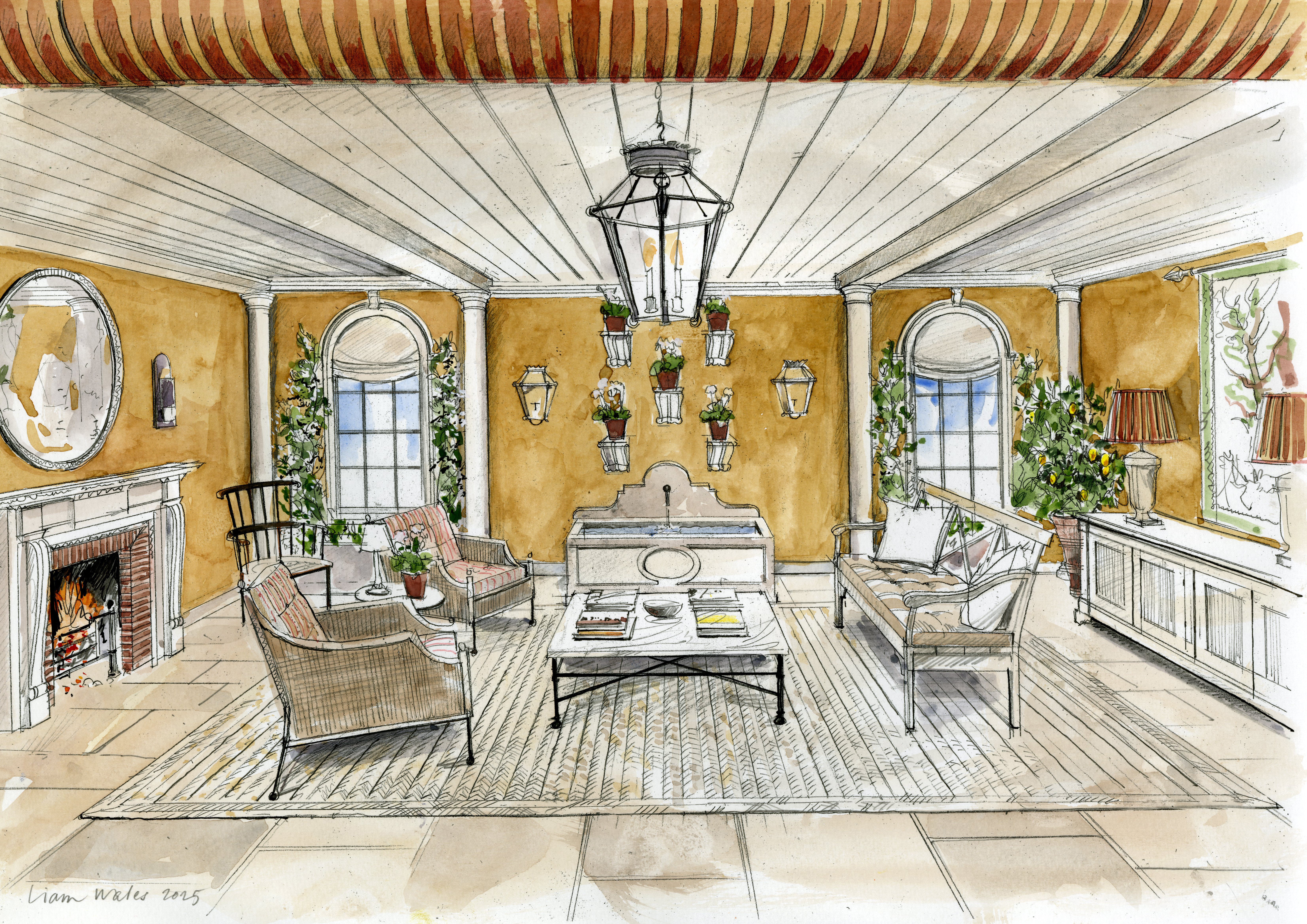City break: Oslo
Jane Watkins enjoys a visit to Oslo


How I got about
Most of Oslo is nicely compact, so it's easy to get around on foot, but there are lots of buses, trams and Oslo's version of the Tube, the T-Bane, plus ferries to get to the museums in Bygdøy and to the islands in the fjord. Traffic has been routed through tunnels under the city so the streets are quiet and clean.
What's new
Oslo's Opera House (www.operaen.no/en) (left) rises like a giant iceberg out of the fjord-visitors can not only go inside, but can also walk up the sloping incline that forms its roof (the Norwegians really haven't embraced the health-and-safety culture). In recent years, there has been an ongoing process of redevelopment all along the waterfront and now Aker Brygge is the place to head for stylish restaurants and Renzo Piano's new Astrup Fearnley Museum makes a futuristic punctu-ation to Tjuvholmen.
What I visited
I was excited to explore the country's maritime heritage by visiting the Viking ships (www.khm.uio.no), Heyerdahl's Kon-tiki and Ra (left) (www.kon-tiki.no) and Fram, the ship that's gone the furthest north and south (www.frammuseum.no).
Two quirky collections that are well worth a visit are the Folk Museum (www.norskfolkemuseum.no) and Vigelandsparken (www.vigeland.museum.no). The former is a park housing more than 150 historic buildings from a wide range of regions and historic periods, including an atmospheric medieval wooden stave church, and the latter has more than 200 statues by Gustav Vigeland-whose work can be seen all over the city-and is a great place for a summer picnic.
Sign up for the Country Life Newsletter
Exquisite houses, the beauty of Nature, and how to get the most from your life, straight to your inbox.
Boats and skis
We escaped the heat of the city on a relaxing two-hour Båtservice cruise around the Oslofjord (www.boatsightseeing.com) and gazed longingly at the summer homes dotted around the islands. H.M.K. Sightseeing (www.hmk.no) also does tours around the city by bus and boat.
And it's not every city that has a ski jump on the outskirts. Skiers must feel as if they're going to land in the fjord when they launch themselves off Holmenkollen (www.holmenkollen.com) (left)-you can find out for yourself on its simulator or take a lift to the top for amazing views over the city.
Where I stayed
The Thon Hotel Panorama (www.thonhotels.no/hoteller/land/norge/oslo/thon-hotel-oslo-panorama) on Rådhusgaten is ideally placed at a short walk from all the major landmarks. Breakfast catered for all diets (I didn't even need to ask for gluten-free crackers). Double rooms start from NOK1,475 (£160).
‘Munch 150'
This summer (until October 13), the Nasjonalgalleriet and the Munch Museum have joined forces to create ‘Munch 150' (www.munch150.no/eng), to celebrate the 150th anniversary of the country's most famous artist. With 250 works, it's the largest ever retrospective of his art and is split between the two venues, allowing you to see the development of his style and how he worked through different versions of the same painting. If all you know is The Scream (above left), the breadth of what's on offer will make your head spin. We visited early in the morning and virtually had the place to ourselves before the crowds flocked in.
* Subscribe to Country Life; Country Life on Ipad
What I bought
Although it would probably outlast me, a traditional Norwegian sweater was a little over my budget at well over £100, so I settled for angora socks from the Viking Museum. I thought twice about picking up reindeer pâté at the airport, but there is a lovely slab of smoked salmon in my fridge.
Insider tips
An Oslo Pass (www.visitoslo.com/en/activities-and-attractions/oslo-pass) will give you free entry to more than 30 museums and attractions, free travel within the city and many other benefits. As the ferries are included, it makes for a cheap way to take a trip on the water. A 24-hour pass costs NOK270 (£30) and there are 48- and 72-hour options available. To avoid paying through the nose for your favourite tipple, visit the international duty-free shop in the arrivals lounge.
How I got there
Norwegian Airlines (www.norwegian.com) flies four times a day to Oslo's Gardemoen airport. Our return journey was on one of the company's new Dream-liners, which was seriously comfortable and has plenty to distract even the most nervous of flyers.
Getting to and from the airport is easy on the Flytoget Airport Express Train (www.flytoget.no), which leaves every 10 minutes and takes 19 minutes to reach Oslo Central Station (save time by checking in for your flight before you get on the train). It's one of the fastest airport trains, travelling at 130 miles an hour, and costs NOK170 (£18.50) each way.
* Follow Country Life magazine on Twitter
Country Life is unlike any other magazine: the only glossy weekly on the newsstand and the only magazine that has been guest-edited by HRH The King not once, but twice. It is a celebration of modern rural life and all its diverse joys and pleasures — that was first published in Queen Victoria's Diamond Jubilee year. Our eclectic mixture of witty and informative content — from the most up-to-date property news and commentary and a coveted glimpse inside some of the UK's best houses and gardens, to gardening, the arts and interior design, written by experts in their field — still cannot be found in print or online, anywhere else.
-
 The big reveal: A first look at Country Life's RHS Chelsea Flower Show stand
The big reveal: A first look at Country Life's RHS Chelsea Flower Show standInterior designer Isabella Worsley reveals her plans for Country Life’s ‘outdoor drawing room’ at this year’s RHS Chelsea Flower Show.
By Country Life
-
 Schreiber House, 'the most significant London townhouse of the second half of the 20th century', is up for sale
Schreiber House, 'the most significant London townhouse of the second half of the 20th century', is up for saleThe five-bedroom Modernist masterpiece sits on the edge of Hampstead Heath.
By Lotte Brundle